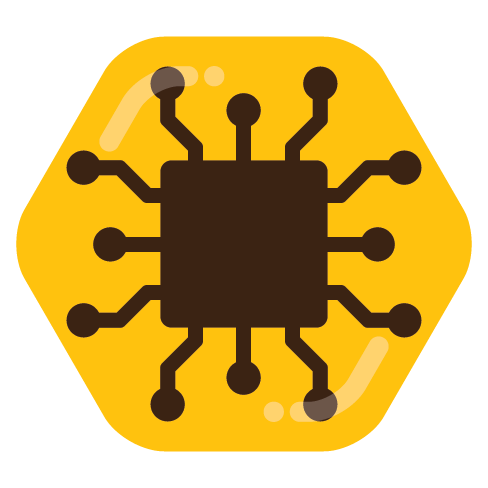Is your baby monitor secure? The Biden administration now has a logo for that.
You must log in or register to comment.
A nice place to discuss rumors, happenings, innovations, and challenges in the technology sphere. We also welcome discussions on the intersections of technology and society. If it’s technological news or discussion of technology, it probably belongs here.
Remember the overriding ethos on Beehaw: Be(e) Nice. Each user you encounter here is a person, and should be treated with kindness (even if they’re wrong, or use a Linux distro you don’t like). Personal attacks will not be tolerated.
Subcommunities on Beehaw:
This community’s icon was made by Aaron Schneider, under the CC-BY-NC-SA 4.0 license.
- 0 users online
- 30 users / day
- 249 users / week
- 644 users / month
- 1.28K users / 6 months
- 1 subscriber
- 1.67K Posts
- 28.2K Comments
- Modlog









I’m no expert when it comes to journalism, but I’d like to humbly offer a suggestion: if you’re going to write an article about a label, consider including A PICTURE OF THE LABEL.
Right? That’s exactly what I wanted and didn’t get. But I did get bombarded with a half dozen ads in my search through the article including one that wanted me to pay them for this stellar reporting.
And here I thought it was if it said IoT on the box 🙈
Meaning “backdoor installed by the US government”
With the overall state of IoT security, they don’t need to backdoor it. The terrible engineering practices are more than sufficient.
The S in IoT means security.
I was hoping for “easy to hack” as in it’s your device and you can use it how you want for as long as you want. This probably means the opposite in most cases. I guess it’s still helpful for labeling products to be suspicious of.
Is it connected to wifi, Bluetooth, ethernet*, or have a sim card?
Yes: it is easy to hack
No: it is difficult to hack
*where ethernet includes ethernet, token ring, and any other protocol that connects other devices